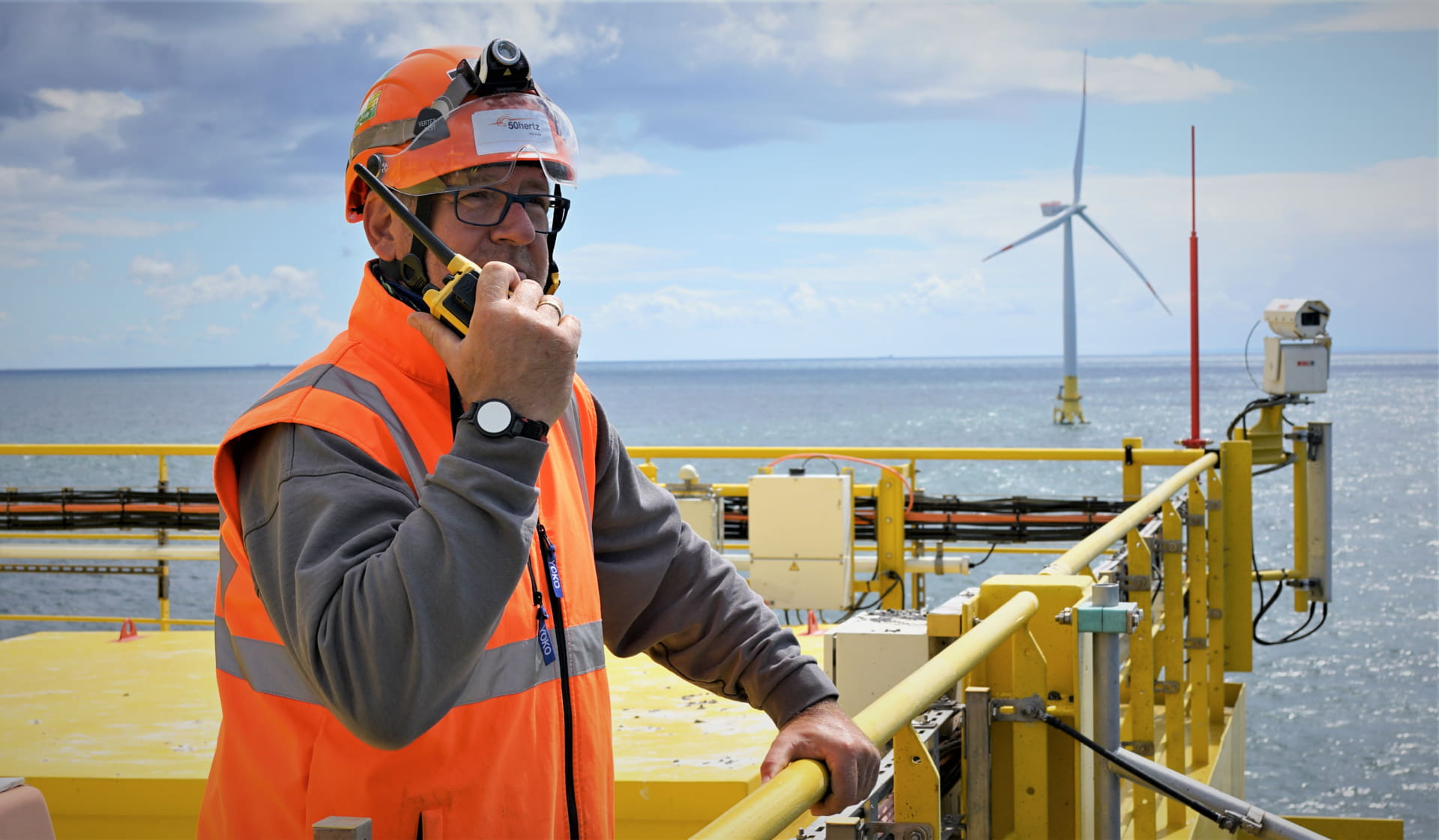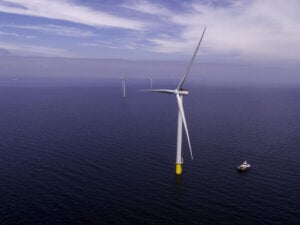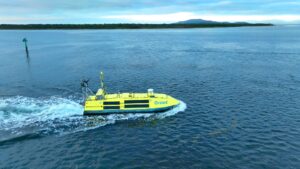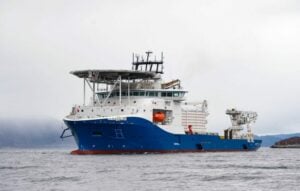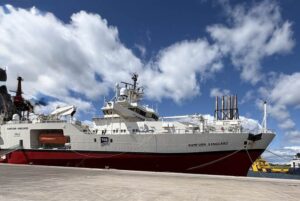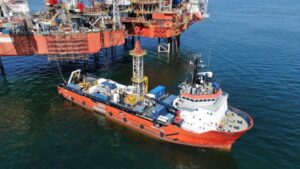Energinet starts feasibility studies for four new Danish offshore wind farms
The board of the Danish transmission system operator (TSO) Energinet has officially given the green light to carry out feasibility studies for four new offshore wind farms totalling up to 7.2 GW in capacity.
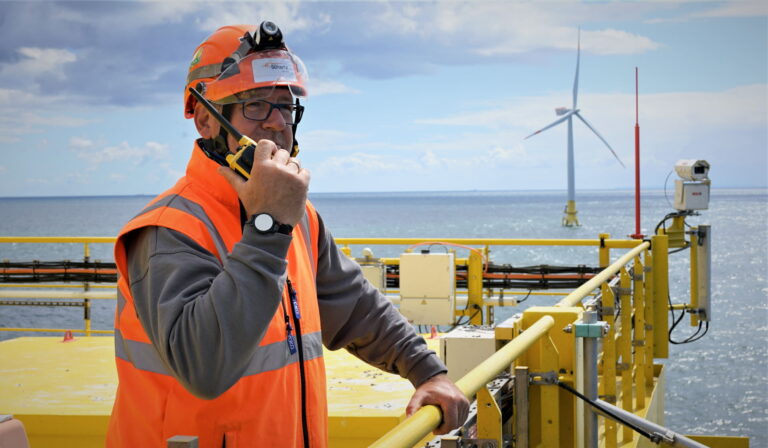
This follows Energinet receiving orders from the Danish Energy Agency (DEA) and the Ministry of Climate, Energy and Utilities in June to initiate feasibility studies for the North Sea I (Nordsø I), Kattegat II and Kriegers Flak II areas – which would add a total of 6 GW of offshore wind capacity to the Danish grid, as well as for the Hesselø offshore wind farm that could have up to 1.2 GW of installed capacity.
The four new sites where Energinet is initiating feasibility studies have been designated by the Danish Energy Agency after a fine screening and conclusion that the areas are suitable for setting up offshore wind farms.
The studies at sea include, among other things, seabed surveys and wind, wave and environmental monitoring. The results will be made available to the companies that will bid to establish the offshore wind farms.
For the North Sea I, Kattegat II and Kriegers Flak areas, Energinet will also prepare the establishment of grid connection points on land.
The order from the Ministry of Climate, Energy and Utilities does not contain specific locations where offshore wind farms in these three areas will be built. It is expected that a political decision on the geographical location of the offshore wind farms will be made at the end of 2022.
The three new offshore wind farms, each having an installed capacity of up to 2 GW, are planned to be built by 2030.
For the Hesselø offshore wind farm, Energinet will perform new offshore studies only on the wind farm site and will (re)use the feasibility studies that have already been carried out for this project as much as possible to prepare the new report.
As reported a few months ago by our sibling site offshoreWIND.biz, the project site for the Hesselø offshore wind farm was moved to the south of the initially planned area, due to unfavourable seabed conditions at the original site.
All results and reports for the feasibility studies for the Hesselø project must be completed by the end of 2024, at the latest.
The wind farm is expected to have a capacity of between 800 MW and 1,200 MW, and to be in operation by the end of 2029.
Subscribe
Offshore Energy daily newsletter


